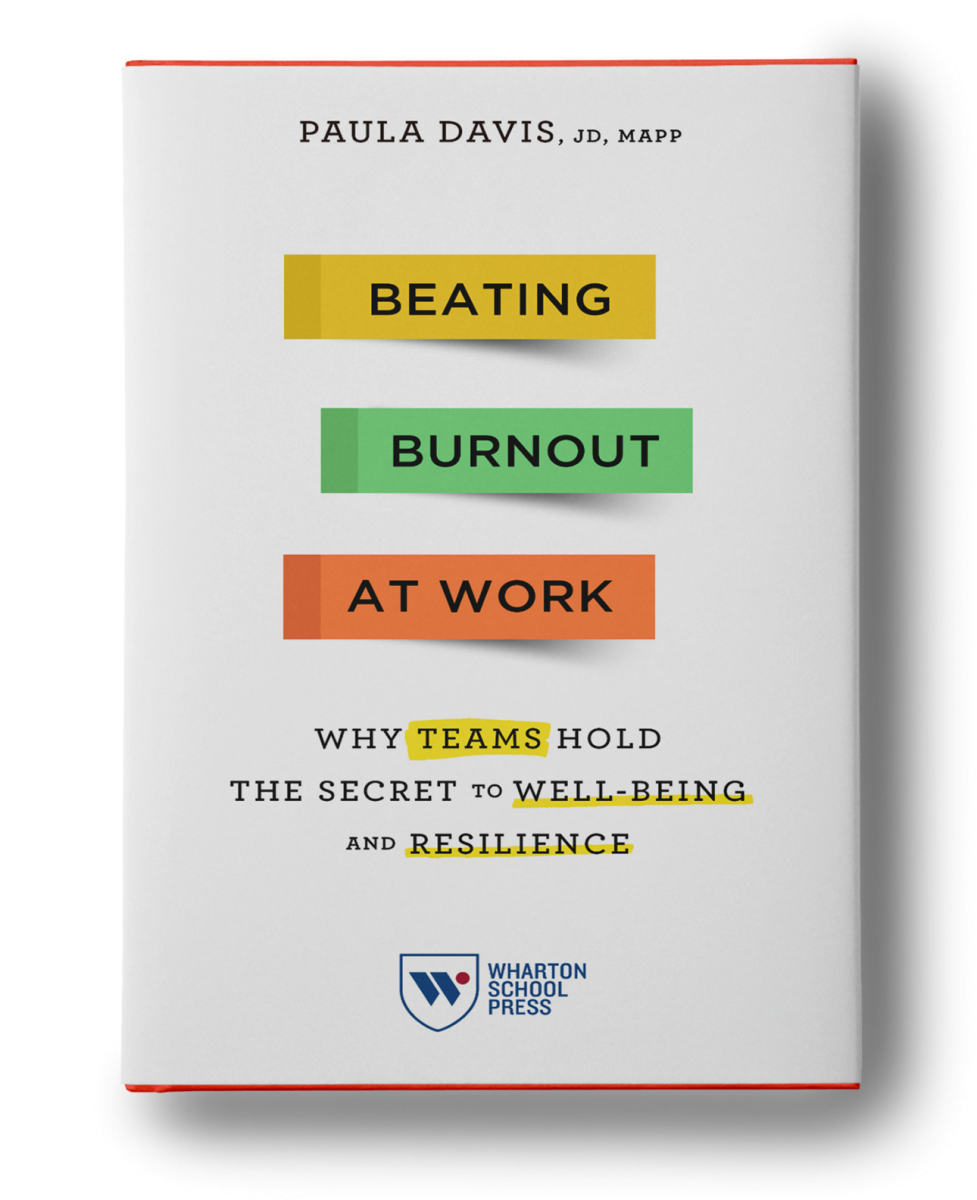The formula for job burnout is simple: too many job demands, too few job resources, and not enough recovery or time to re-charge your batteries. Burnout impacts just about every type of industry and has been shown to effect quality of care and customer service, attrition and turnover, and in healthcare, patient satisfaction. Good leadership, whether in the form of an inspiring manager, getting regular feedback, or simply knowing that your leader has your back, can help prevent burnout.
According to a new study, we now know that the opposite is also true. Bad leaders aren’t just toxic to an organization –they drive burnout and decrease job satisfaction. As part of a regular survey process Mayo Clinic uses to foster a cohesive organization, 2,813 physicians and scientists provided a detailed evaluation of the leadership qualities of their direct supervisor.
The respondents were asked to numerically rate the extent to which they agreed or disagreed with the following statements about their immediate supervisor:
** Holds career development conversations with me
** Inspires me to do my best
** Empowers me to do my job
** Is interested in my opinion
** Encourages employees to suggest ideas for improvement
** Treats me with respect and dignity
** Provides helpful feedback and coaching on my performance
** Recognizes me for a job well done
** Keeps me informed about changes taking place at Mayo Clinic
** Encourages me to develop my talents and skills
** I would recommend working for (name of immediate supervisor)
** Overall, how satisfied are you with (name of immediate supervisor)
What the study found was that for each 1-point increase in composite leadership score, there was a commensurate 3.3% decrease in likelihood of burnout and a 9.0% increase in the likelihood of job satisfaction. Think about how that translates into bottom line dollars – less attrition and turnover, higher patient/client satisfaction scores, and a reduced instance of errors.
I personally think that companies across industries should implement the same type of survey system so that managers can be held accountable and get the coaching they need to change bad practices.
It always surprises me how long an organization will tolerate a bad manager, because based on this list, being a good manager shouldn’t be that hard. Bad managers drive burnout and dissatisfaction which not only impacts the bottom line, but also the engagement and well-being levels of the people the organization relies on to grow the business.
Leaders need to be educated about the impact burnout has in an organization. With the right training and coaching, ineffective managers can build the five dimensions of effective leadership cited in the study: inform, engage, inspire, develop, and recognize. Find my training and workshops here.
Reference
Shanafelt, T.D., et al. (2015). Impact of organizational leadership on physician burnout and satisfaction. Mayo Clinic Proceedings, 90(4), 432-440.]]>
[/fusion_text][/fusion_builder_column][/fusion_builder_row][/fusion_builder_container]





